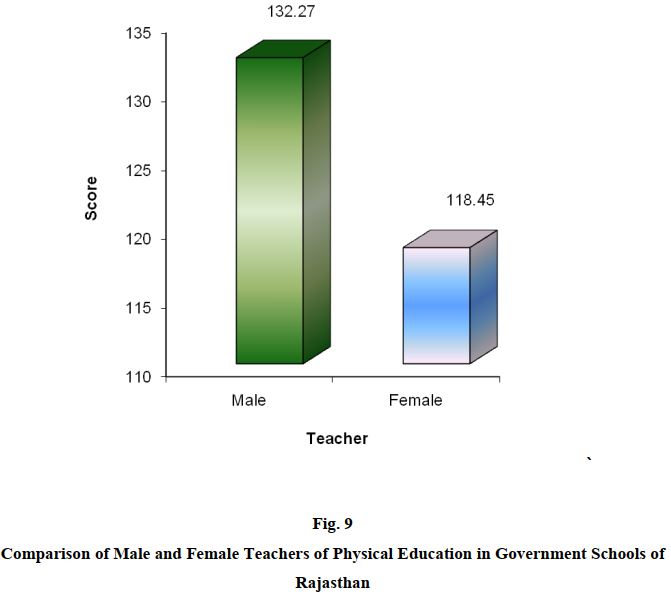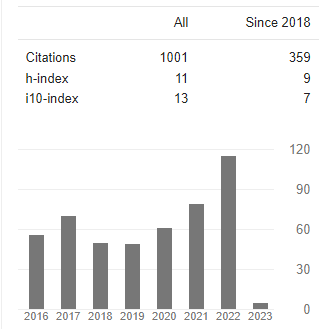A STUDY OF VARIANT TEACHER EFFECTIVENESS IN SCHOOL EDUCATION IN RAJASTHAN
Abstract
The most commonly used instrument for measuring teaching effectiveness is the G S Kang rating scale. The literature on teacher effectiveness is extensive, indeed almost unmanageable for general teacher but very scanty in case of physical education. The physical education teacher Effectiveness Evaluation Scale for teachers had been used for data collection. This scale was developed by Dr. G.S. Kang in 1981. The objectives of the study was to compare the teaching abilities of physical education male and female teachers in high and senior secondary schools and to compare the teaching abilities of male and female physical education teachers of rural area. The mentioned tool was given to the chosen sample of 450 physical education teachers (225 male and 225 female). The teachers were contacted in their respective schools. In addition to 450 teachers involved in the study. the value of Mean and Standard Deviation of physical education middle school teachers (131.57 and 14.52) and senior secondary school teachers (165.08 and 13.44) respectively. Calculated value ‘t’ = 8.46 (significant at 0.05 level of confidence). It shows significant difference between middle and senior secondary school teachers of physical education of Rajasthan. It is observed that the male and female teachers of senior secondary school are more effective than middle and high schools. It appears that male and female teachers of senior secondary schools are having better qualification and good knowledge about physical education, which provide them job satisfaction and increase their effectiveness.
Downloads
References
Barr, A.S., The measurement of teacher characteristics and prediction of teaching effectiveness, Review of Educational Research, 1952, Vol. 22, pp.108-174.
Bledsob, J.C.; Brown, L. and Strickland, A., Factors related to pupil observation reports of teachers attitude towards their teachers, Journal Edu. Research, Vol. 65(3), 1971, pp.119-126.
Crow Lester, D. and Crow Alice, The student teachers in the secondary schools, New York: David Mckay Co. INC, 1964, p.24.
Debnath, H.N., Teaching efficiency, its measurement and some determinants, Unpublished Doctorate Thesis, Viswa Bharati University, 1971.
Kakkar, S.B., Teacher quality rating scale – an abstract in Udai Pareek and T. Ventakeswara Roa (editors), Handbook of Psychological and Social Instruments, Baroda: Samoshti, 1964, pp.160- 161.
Kalandaivel, K. and Rao, T.R.S., Qualities of good teacher and a good student (a study in student rating), R.K. Mission Vidyalaya, Coimbatore, 1968.
Levin, J.C., Personal creativity and classroom teaching style of second year inner city teacher, Dissertation Abstracts International, 57(10), April 1997.
Mann, S.S., Some correlates success in training of secondary school teachers, Third Survey of Research in Education, New Delhi: NCERT, 1980.
Monlly, G.I., The science of educational research, New Delhi: Eurasi Publishing House Pvt. Ltd., Ram Nagar, 1964, pp.11-112.
Pogue, F.G. Jr., Student’s ratings of the ideal teacher improving college and university teaching, 1967, 15, pp.133-136.
Reddiar, A.N., A follow-up service study of trained graduate teachers, Madurai: Thiagarajan College of Preceptors, 1964.
Tafuri, D.M., The effects of creativity on teacher students interactions, Dissertation Abstracts International, 55(10), April 1995.















